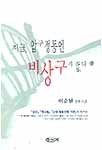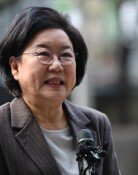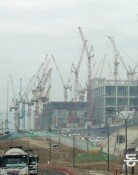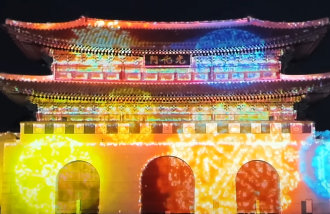`No Exit at Apkujong-dong Now`

Novelist Lee Sun-Won kept a promise he made to his readers almost 10 years ago. The author of ``No Exit There`` said in 1992 he would write a sequel to the novel and now it has arrived along with a new edition of the original.
The sequel begins with the writer receiving a telephone call from an unknown reader, ``T,`` some years after the novel ``Apkujong-dong`` was published.
``T`` warns that he is targeting ``Apkujong people`` and, soon enough, a co-ed who doubles as a nightclub dancer and others are victims of a serial murderer.
Unlike the earlier book, the sequel does not focus on the immorality of the victims or the perceived righteousness of the murderer. Instead, the book focuses on the public`s reaction when the murders are revealed to be ``copycat`` crimes derived from incidents in a popular novel.
However, ``T`s`` actions, which he defines as a ``challenge to a system that produces distorted desires,`` are no less threatening than those of the murderer in the first novel. Having failed to overcome his feelings of powerlessness through the murders, ``T`` cuts a pitiful figure as he disappears in a blizzard.
Is it because the targets of his vengeance, the one-time frequenters of ``Apkujong-dong,`` aren`t around any more? Is it because the gathering place of those produced by the ``system`s can factory`` in the 1990s, as described by writer Yu Ha in his novel, ``We Have to Go to Apkujong-dong on Windy Days,`` has moved to the streets of Kangnam, south of Han River?
``No Exit at Apkujong-dong Now`` (two volumes), Lee Sun-Won`s novel, published by Chongo.
Yun Jeong-Hoon digana@donga.com







